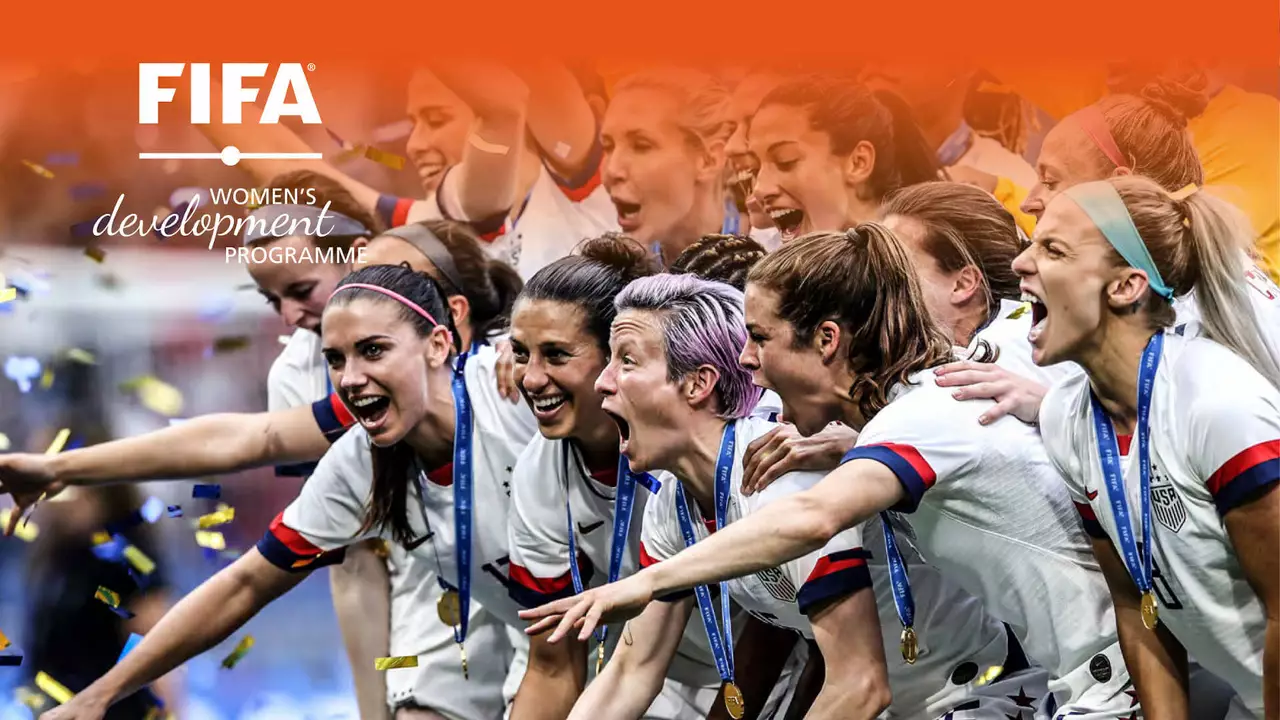Sports & Gender Equality: Why It Matters and What’s Changing
When talking about Sports & Gender Equality, the balance of opportunities, resources and respect for all genders in every sport, the conversation quickly touches on who plays, who watches, and who decides the rules. This idea isn’t just a buzzword; it shapes everything from backyard games to professional leagues. Gender equality in sports means creating conditions where every athlete can compete on fair footing, regardless of gender.
Key Concepts Shaping the Landscape
One major piece of the puzzle is mixed-gender sports, competitions that allow men and women to play together on the same team or in the same event. Mixed-gender formats challenge the old notion that physical differences must dictate separate play. They also show how teamwork and strategy can level the field, proving that skill often outweighs raw power.
Another hot topic is gender segregation in soccer, the long‑standing practice of separating male and female teams at every level of the game. This segregation influences participation rates, media coverage, and even sponsorship deals. When clubs stick to single‑gender squads, they miss out on the creative tactics and broader fan engagement that mixed teams can spark.
Beyond the field, sports inclusivity, efforts to remove barriers for all athletes, from coaching education to facility design plays a critical role. Inclusive programs often require new training modules, accessible venues, and community outreach, all of which push the sport culture toward acceptance.
Driving these changes are gender equality policies, official guidelines and regulations that promote equal treatment and opportunities for all genders in sport. When federations adopt clear rules—like equal pay mandates or mixed‑team quotas—it sends a powerful signal that fairness is non‑negotiable.
All these elements are tightly linked: mixed-gender sports expand inclusivity, inclusivity fuels policy reforms, and policies reshape segregation patterns. Below you’ll discover articles that dig into each of these connections, from why soccer teams stay single‑gender to how mixed leagues are gaining ground and what rules are making the biggest impact.
